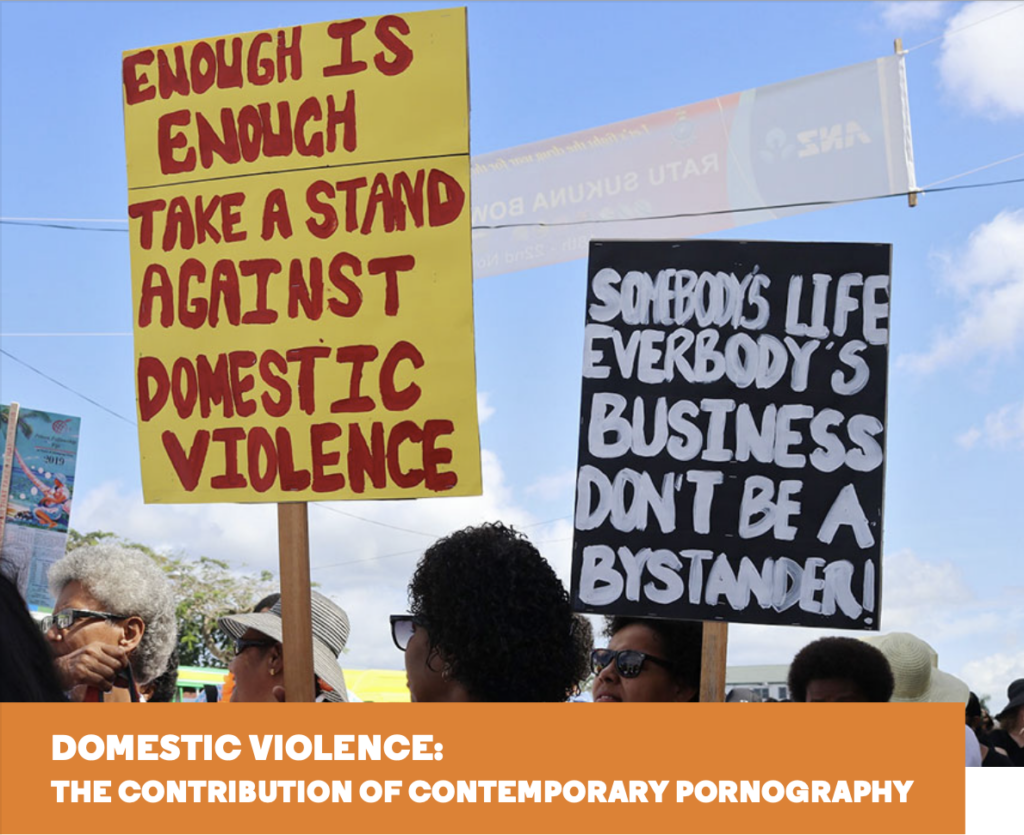Domestic Violence: The Contribution of Contemporary Pornography
The United States of America is one of the most violent countries in the advanced industrial world (DeKeseredy, 2021a). When its citizens do not worry about the economy, terrorist attacks, or debilitating viruses (e.g., COVID), they often lose sleep over the risk of being victimized by random lethal and nonlethal violent crimes committed by strangers on the streets or in other public places. Their exaggerated fear of so-called stranger danger, however, is ill-founded. Of course, small proportions of them, particularly those who are socially and economically marginalized, are robbed, mugged, or murdered by unknown predatory offenders, and their pain and suffering should not be trivialized (DeKeseredy & Schwartz, 2018). Still, what sociologists Richard Gelles and Murray Straus stated nearly 40 years ago still holds true in the United States: “You are more likely to be physically assaulted, beaten, and killed in your own home at the hands of a loved one than anyplace else, or by anyone else in society” (Gelles & Straus, 1988, p. 18). Many people find this this hard to believe because they are socialized to view families primarily as sources of love and safe refugees from the pains inflicted by the outside world. Others do not see family violence as a social problem because they have never indirectly or directly experienced it.

